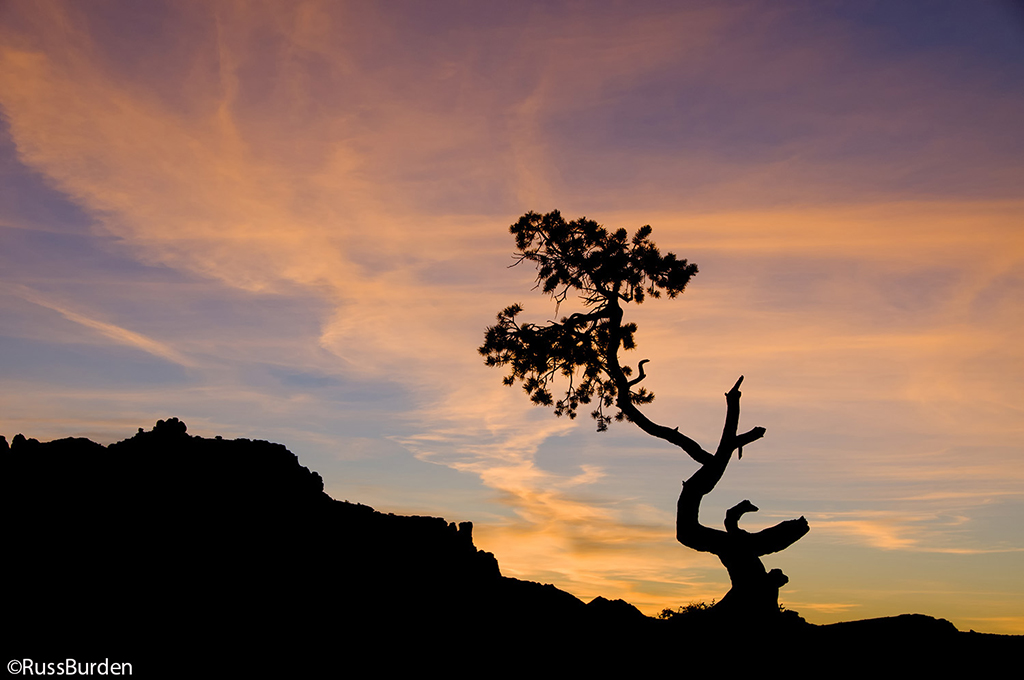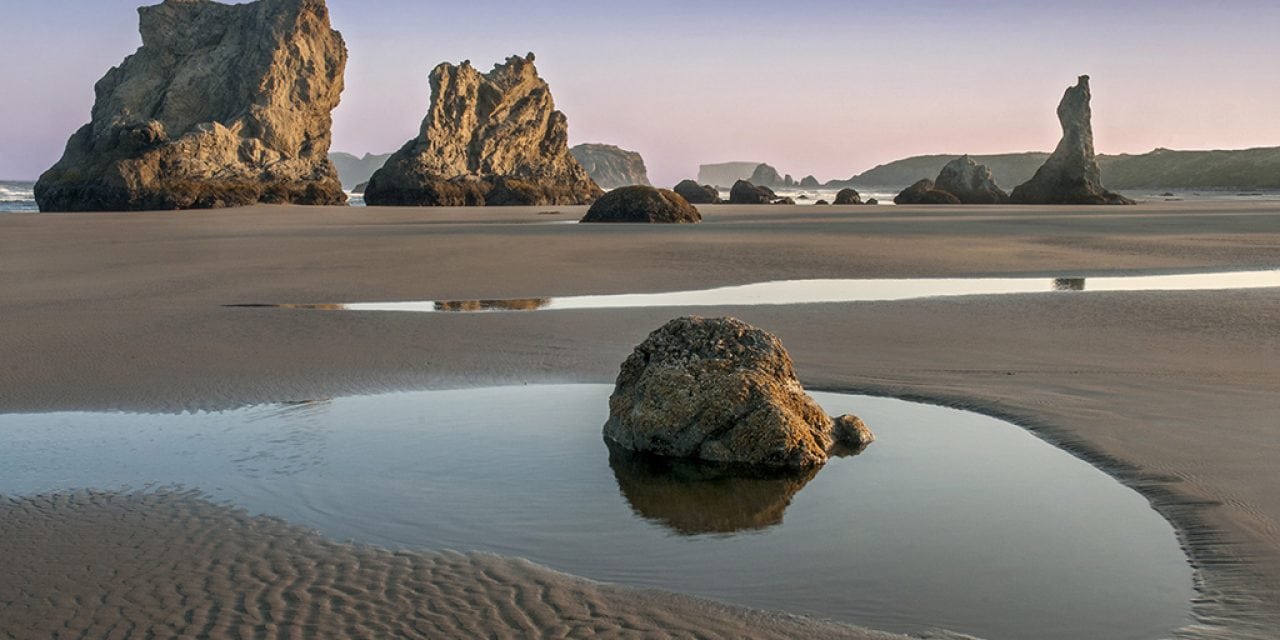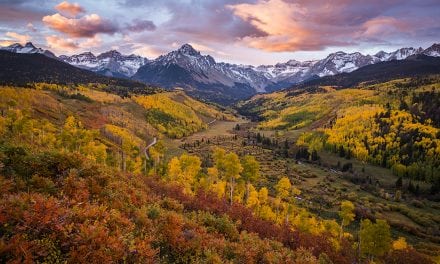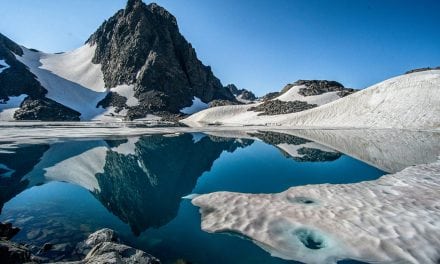My photo tour company’s tagline is, “It’s All About The Light.” Light is the ingredient that carves, shapes and adds dimension. It forms contrast, provides warmth or coolness, determines mood and creates drama. To me, it’s the single most important ingredient that determines the success of an image. In landscapes, the quality of the light is extremely important. I’m often heard saying, “I’d rather photograph a mundane subject in great light than a dramatic one in ugly light.” A photograph of a rainbow over a simple prairie will have more impact than the Grand Teton lit by flat gray light. In this two-part how-to series, I’ll discuss six important qualities of landscape light. Check back next week for the final three.

Sidelight: Sidelight is sought after for landscapes. It reveals texture, shape and dimensionality. These three aspects become prominent because sidelight creates a shadow and highlight on three-dimensional subjects. The shadows and highlights bring out features of the landscape. The viewer’s eye is first drawn to the side that is lit. This occurs because it’s the brightest portion of the subject. The eye then transitions to the shadow side as it wraps around the subject. Sunrise and sunset light provides sidelight. This is serendipitous because the color of light at these times is conducive to good landscape photography. The warm tones combined with the direction of light work well in landscape photography. Get up early and stay out late to make the best possible side-lit landscape images.

Alpenglow Light: Alpenglow occurs at dawn and dusk. Before sunrise and after sunset, with mostly clear skies, the sky takes on a magical glow of color. The light from this glow reflects back onto the landscape and bathes it in warm tones. It can be subtle and takes a discerning eye to see it, but when it’s provided, gorgeous landscapes can be made. On the horizon where the sun rises or sets, the color can be dramatic, but color on the opposite side of the sky can provide warmth and drama. Turn 180 degrees and you may be treated to a pink glow with a subtle blue Earth shadow. When the pink is pronounced, it imparts fantastic conditions. A one-stop graduated neutral-density filter helps preserve the subtle warm tone in the sky. Process the image in Camera RAW to enhance the hues.

Front Light: Front light and landscape photography don’t often go hand in hand, but it can be made to work during the first 10 minutes of sunrise or the last 10 minutes of sunset. The reason for this is the strength of the warm tones produced at these times of the day. Front light lacks dimensionality, but when it’s extremely warm in color, it sometimes negates the lack of dimensionality. The impact of the warm color allows the image to work. When possible, juxtapose a secondary subject that’s in the shade to frame or show contrast against the primary one that’s front lit. The shaded subject provides depth because of the dark tones. The dark tones attract the viewer’s eye when offset against the main subject that’s bright. The transition from dark to light gives the photograph a three-dimensional quality even though the main subject is front lit.
Visit www.russburdenphotography.com for information about his nature photography tours and safari to Tanzania.
The post Landscape Light, Part 1 appeared first on Outdoor Photographer.
















